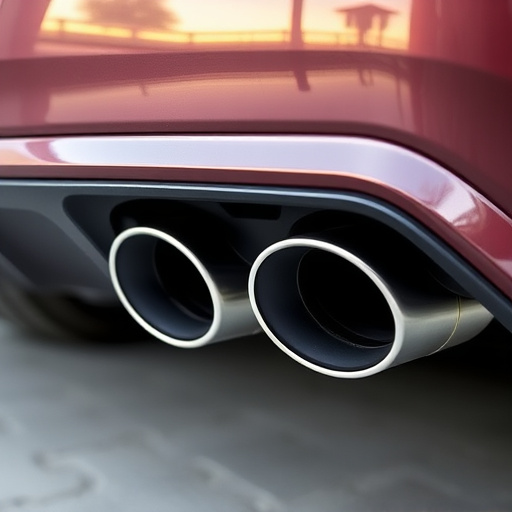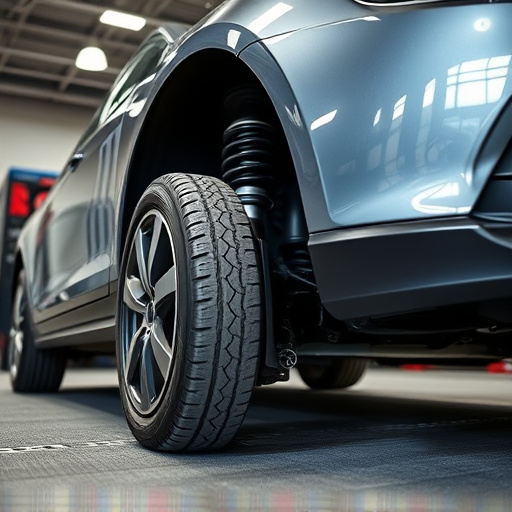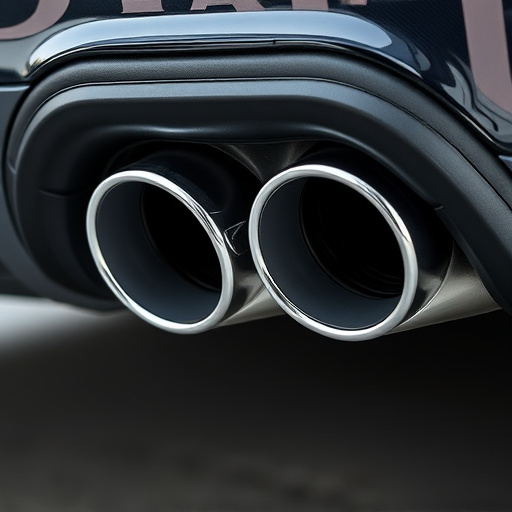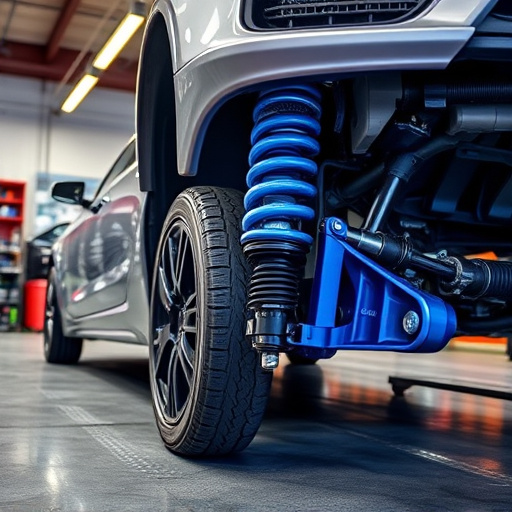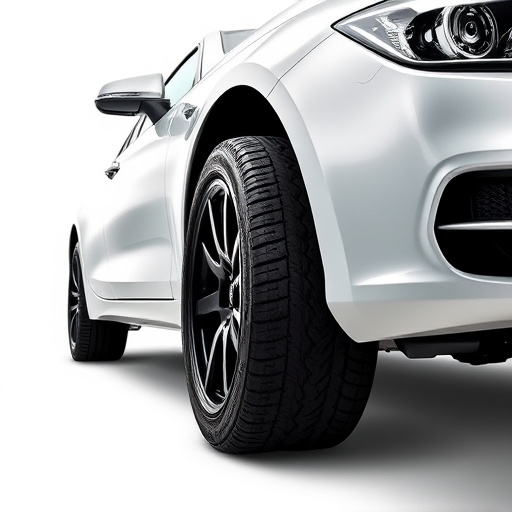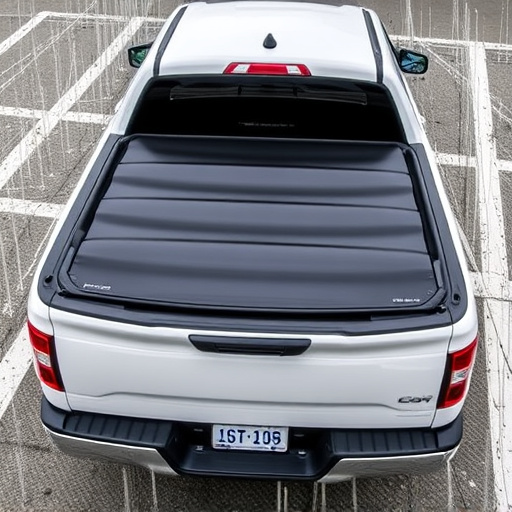Truck exhaust systems, consisting of various components, enhance gas expulsion and noise reduction. The central exhaust pipe removes hot gases from the engine, while exhaust tips (mufflers) control noise, manage backpressure, and contribute to vehicle aesthetics. Choosing the right truck exhaust tips involves matching them with the correct pipe size for seamless integration and optimal performance. Key considerations include material quality, construction design, compatibility with other components like cat-back systems or cold air intakes, and matching the tip size to the vehicle's pipe diameter. Tailored tips designed for specific configurations are crucial for upgrades, especially when combined with modifications.
Selecting the right truck exhaust tips is crucial for optimizing performance, reducing noise, and ensuring longevity of your vehicle’s exhaust system. This guide breaks down the process, starting with an understanding of truck exhaust systems and their components. We then delve into key factors to consider when choosing exhaust tips based on pipe size, followed by a step-by-step approach to matching the perfect tips with your truck’s pipe diameter for optimal results.
- Understanding Truck Exhaust Systems and Their Components
- Factors to Consider When Choosing Exhaust Tips Based on Pipe Size
- Matching Exhaust Tips with Your Truck's Pipe Diameter
Understanding Truck Exhaust Systems and Their Components
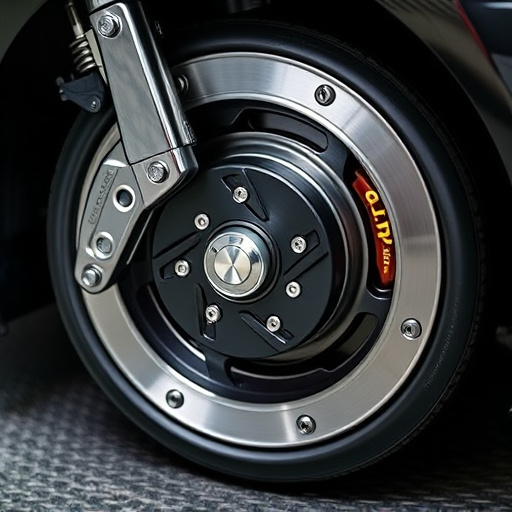
Truck exhaust systems are a complex network of components designed to efficiently expel gases and noise from an engine. At the heart of this system lies the exhaust pipe, which transports hot gases away from the engine block. These pipes vary in size depending on the vehicle’s make, model, and intended use. Understanding the exhaust system is crucial when selecting truck exhaust tips, as it directly influences performance and noise levels.
Exhaust tips, also known as mufflers or tailpipes, are integral to the overall efficiency and sound of a truck’s exhaust system. They serve multiple functions, including reducing noise, controlling backpressure, and enhancing the overall look of the vehicle. When choosing exhaust tips, it’s essential to match them with the correct pipe size, ensuring seamless integration and optimal performance. Factors like material quality, construction design, and additional components such as cat-back exhaust systems or cold air intakes can further impact the final outcome, contributing to a more refined and powerful truck exhaust experience.
Factors to Consider When Choosing Exhaust Tips Based on Pipe Size
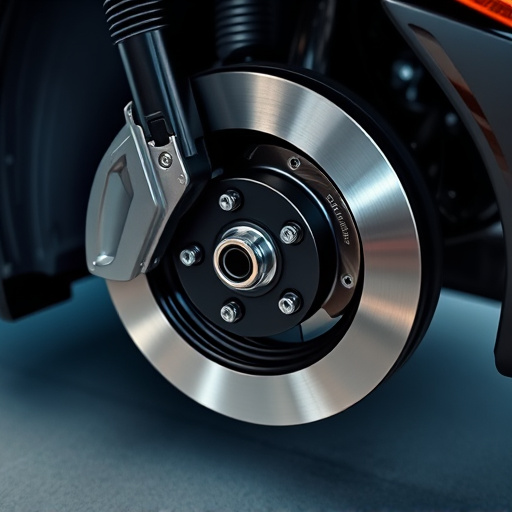
When selecting truck exhaust tips based on pipe size, several factors come into play. First and foremost, it’s crucial to consider the vehicle performance requirements. Different trucks have varying power outputs and engine types, which influence the kind of exhaust system that will enhance rather than hinder performance. For instance, high-performance trucks might need more aggressive exhaust tips for better gas flow and turbocharger or supercharger systems.
Additionally, the cat back exhaust configuration is a key consideration. This refers to the entire exhaust system from the catalytic converter backward. The pipe size of the cat back exhaust should align with your truck’s specifications to ensure optimal efficiency and minimal backpressure. Another aspect to remember is the integration of cold air intakes, which can impact overall vehicle dynamics. Ensuring compatibility between the exhaust tips and any cold air intake system already installed is essential for achieving peak vehicle performance.
Matching Exhaust Tips with Your Truck's Pipe Diameter
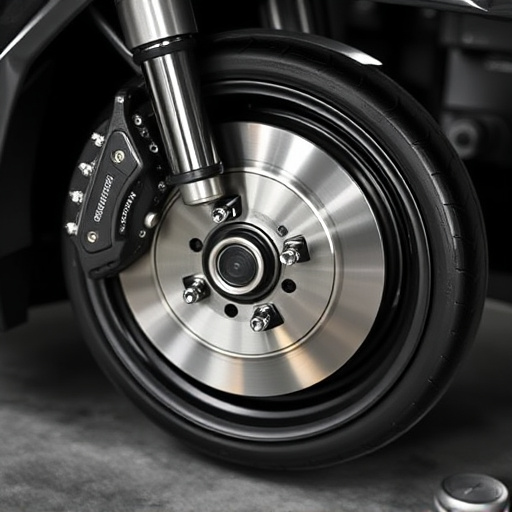
When selecting truck exhaust tips, matching them with your vehicle’s pipe diameter is crucial for optimal performance and efficiency. Exhaust systems come in various sizes, and choosing the right tip ensures a seamless fit that allows for smooth airflow. If your exhaust pipes are larger, opt for larger exhaust tips to maintain balance; conversely, smaller tips are suitable for narrower pipes. This correspondence ensures that your exhaust gases can flow freely without restrictions, enhancing engine performance and fuel efficiency.
Consider not only the pipe size but also other components like headers and manifolds. Some trucks may have unique configurations requiring specialized exhaust tips, such as straight-through or angled designs to accommodate specific setups. Incorporating these tailored tips into your selection ensures a seamless upgrade, especially if you’ve invested in modifications like cold air intakes for improved engine capacity.
When selecting the right truck exhaust tips, understanding your vehicle’s pipe size is key. By considering factors like material quality and performance specifications, you can ensure a seamless fit that enhances engine efficiency. Remember, the right exhaust tips not only improve your truck’s sound but also contribute to overall performance, making every drive more enjoyable. So, whether you’re after better fuel economy or a deeper rumble, matching your exhaust tips with your truck’s pipe diameter is the first step towards achieving that ideal exhaust note.




